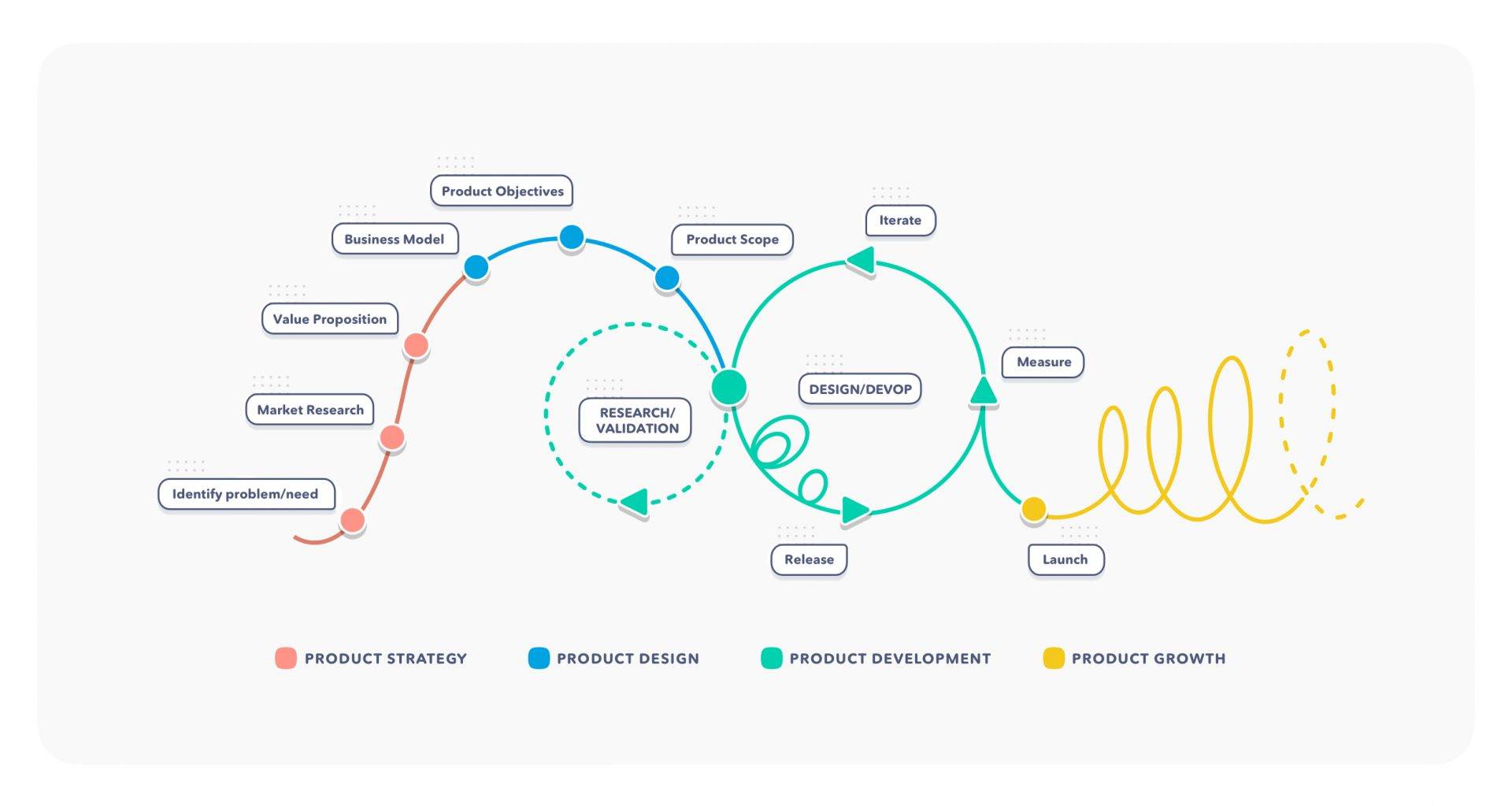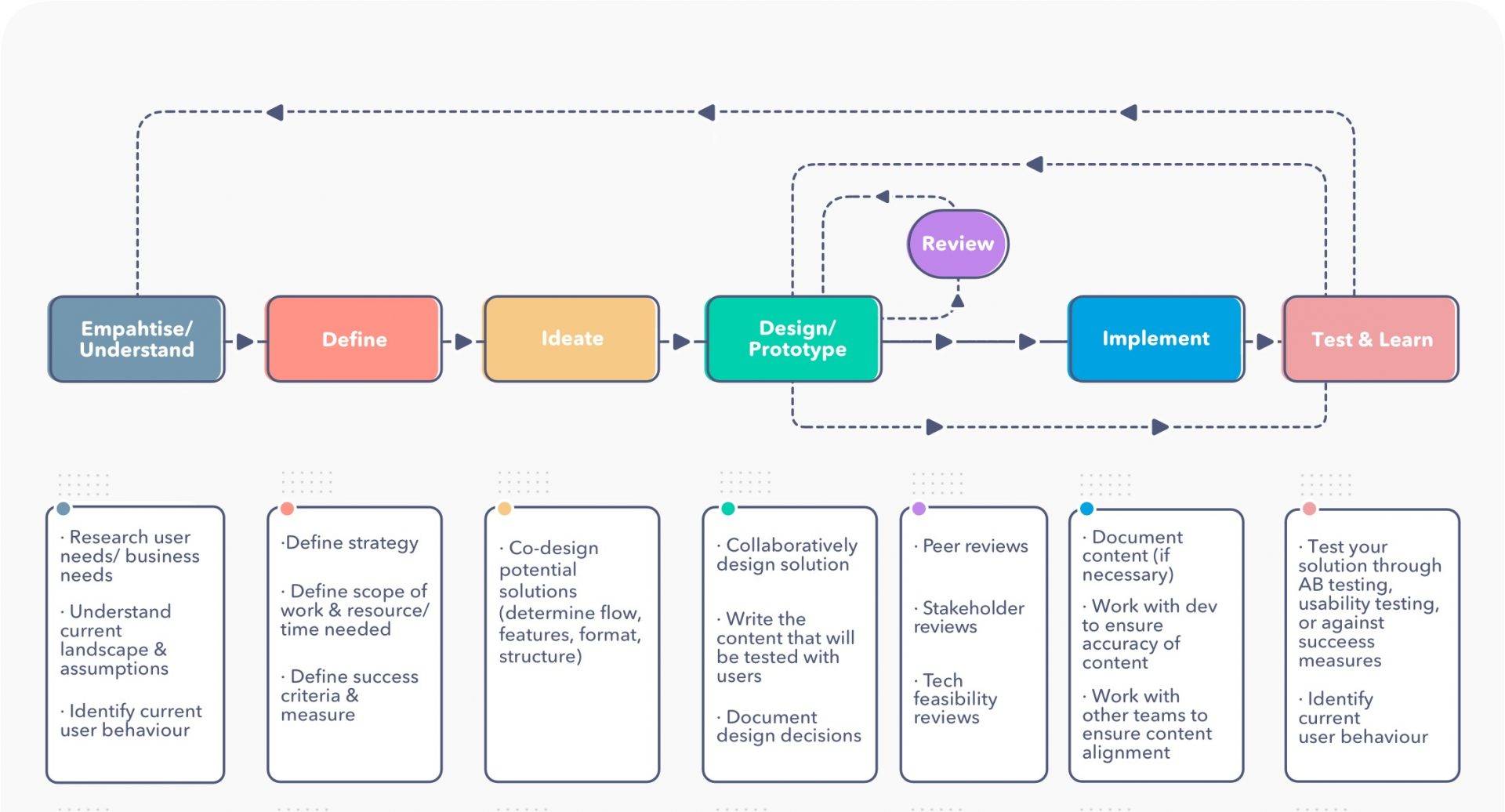Contents
The Secret to Winning in the Digital Product Life Cycle
When people talk about the life cycle of a product it usually starts when the product is launched and focuses on the live life cycle. But what about the software development life cycle? Is there life before launching? At Uruit we believe there is, that a product never dies but instead it evolves, and should always adapt to the users’ needs and expectations.
So what are the 4 phases of product life cycle?
The product life cycle phases include:

What is the Digital Product Life Cycle?

Today’s products are always evolving. Users’ needs and expectations are more informed and sophisticated than ever, and product teams are always working to find new ways to adapt products or identify new ones.
While we need to define specific cycles, the reality is that in digital products what works best is to continually iterate between cycles. We should be working continuously on hypothesis, testing and validating. It’s important to make mistakes as early as possible so information gathered from them can be used effectively to make quick decisions. And this should be the mindset for the whole Digital Product Life Cycle.

How should be the team composed?
The size of the team will depend on the type and magnitude of the product but should be composed of specific roles for the duration of the whole cycle, including a Product Owner, UX Designers and Developers. Other roles that will assume specific actions at key moments are the: Product Strategist, Researcher, ML Engineer, Data Scientist, DevOps and Testers.
The Product Strategy
When a company or team detects an opportunity to serve customer needs, they automatically start to think about what the best product would be to fit this need. Or when a team has a product idea but seeks to validate if there is in fact a need, they start the process of research and definitions. These kinds of processes are what we call The Product Strategy.

A brief definition of product strategy is a high-level plan that describes the users’ needs and answers how the product will fulfill and meet those, what the differentiation and value proposition of the product is and what the company plans to accomplish with it. As Roman Pilcher notes in his article “Elements of an effective Product Strategy,” it will guide you through the entire life of your product, “the strategy for a new product should first help you get to launch, then achieve product-market fit (PMF), and finally sustain the growth of your product.”
Some companies mistakenly think about Product Strategy in terms of a plan, one to build certain features and capabilities. But this isn’t a strategy, this is just a plan. A Product Strategy is a system of achievable goals and visions that work together to align the team around desirable outcomes for both the business and customers. It includes a Product Discovery phase and should emerge from experimentation towards a goal.
To define briefly what comes as a result of successful Product Strategy, it’s usually:
- A thoughtful and thorough examination of users, clients and stakeholders: is there a problem to solve? How are they currently solving it, what are the needs, etc.
- The creation/validation of a User Persona: who they are, what their interests are, their concerns, needs & goals.
- Benchmarking & Competitive Analysis: identifying direct and indirect competitors, strengths, weaknesses, opportunities, threats, and market trends, etc.
- The Product Value Proposition & Vision: what is the promise of value that your product will deliver? How will your product solve the users’ needs and improve their lives?
- The Product Strategy Canvas: the highest-level view of your product and business. Definition of a business model & pricing.
- Product OKRs: a set of objectives and key results your product team will focus on and track.
- A preliminary Roadmap to guide the Product Design
Learn more about how we can help with Product Strategy!
The Product Design
Product design is the process of identifying a market opportunity, defining the problem, developing a proper solution and validating the solution with real users. This cycle is all about how to configure a seamless digital experience that offers value across every touchpoint. Once you know what your market is, who is your user persona and already have defined the product vision, then you are ready to start mastering the art of Product Design.

After defining the Product Strategy you should have a lot of data, insights and knowledge to work with to find a solution. For this stage the team will use the Lean UX technique to obtain feedback as early as possible and then make quick but well-informed decisions. The important thing here is to act quickly and strategically, creating the best product possible.
Lots of people have amazing ideas all the time, but only a small percentage make them real. Even fewer turn their concept into something that is truly an earth-shattering success. If you can master product design, you can give yourself the best possible chance of doing just that.
For this phase we follow the next steps:
- Model. This is all about defining the product’s Business Model and pricing strategy.
- Define. It’s time to make decisions and create a point of view that is based on user needs and insights and determine a hypothesis based on the data collected. There is a lot to define starting with actions and features prioritizations, but also branding.
- Ideate. This step is about brainstorming, with mood boards and lighting demos for example to generate as many creative solutions as possible. Produce a range of potential solutions, exercise total freedom and think outside of the box.
- Prototype. Build a prototype (or series of prototypes) to test the hypothesis. Creating a prototype allows us to see if we’re on the right track, and often sparks different ideas that wouldn’t have come up otherwise.
- Test. Return to the users for feedback. Validate the solution and improve it based on the feedback.
- Start again. We can always repeat the steps as many times as necessary.
- Time and cost ballpark estimation.

At the end of these steps, you should have:
- A Product Execution Roadmap to start developing the Minimal Marketable Product (MMP)
- Story sitemap
- MMP wireframes
- Outputs from all the activities: Lean UX canvas, User Journey Map, Story Map, Project Architecture
- Resources needed for execution
As the whole life cycle relies on an agile methodology this cycle doesn’t actually end here, and the design team should continue to be a part of the next cycle.
Learn more about how we can help with Product Design.
The Product Development
By now you should have a good sense of what the Product should look like and while the team starts developing the MMP, the design cycle continues. They’ll keep iterating and working through sprints with the help of the research and design team while they build, ship, measure and learn at least until the final release date.

MMP or MVP?
One of the most popular questions at this point is where to start. Should we start with an MVP or MMP? If we have an idea about how to fill a need in the market but still need additional testing to determine where to start, then we will consider developing an MVP. On the other hand, if we are changing service design models or product content, an MMP may be more beneficial.
An MMP can often accomplish both goals, so this tends to be the preferred route for digital product development. You should not wait until you have a perfect product to move forward since you need to test and get feedback early on.
UX Improvements
The focus will be on UX improvements using all the insights and lessons gathered from the two previous stages: product strategy and product design. The team will keep researching, proposing and validating to reach the best user experience.
Product Style Guide
An important part of this stage is the creation of the product style guide. As the name suggests, it’s fundamental to guide the designers and developers through all the iterations, standardizing the CSS, keeping it small and quick to load and working as an inventory of modules and code. It also helps to achieve time efficiencies and provide design consistency, ensuring a cohesive look and feel throughout the development. At the end of this cycle you should look forward to this deliverable.
UI design and animations
The moment for your digital product to shine. You want the best solution, and for that the UI team will be working and refining all of the final UI design touches and animations, using the best UI practices available. A great animated user interface can accomplish several goals, such as:
- Holding the user’s attention
- Giving the user progress updates
- Making designs feel more personal
- Creating a sense of accomplishment or finality
And after a lot of testing and feedback, your product will finally be ready to launch and marketing can work their magic.
Learn more about how we can help with Product Development.
The Product Growth
Launching a product is just the beginning. There will always be opportunities for your digital products to evolve – it is how you will remain relevant. The digital product life cycle is long and it will continue to repeat itself after each release. Whether it be through improvements or adding new features, a product growth mindset is a key to success.

The time you and your team invested in user research and gathering data regarding user profile and preferences will benefit you here. Every previous step revolved around creating and ensuring an exceptional user experience, valuing user data in the design, and that will serve you well in this final stage.
As your business grows and your market expands, your product should evolve to:
- increase brand awareness, expand customer reach, enhance user adoption & engagement
- better serve all users
- lengthen the product verticals
- produce more revenue
- develop new features
- refine/update various aspects of your product in order to scale
- stay current with the latest technologies
- envision and begin the next cycle of the business and product
- spur growth & innovation
Benefits of Product Growth & Optimization:
Identify growth and improvement opportunities
- By understanding your current users and your potential users needs, you can deteremine the role that the product should play in their lives and ensure your design and development is working toward building apps that really bring value.
Make informed decisions
- Knowing user behavior directs your prioritization of what is essential. By analyzing user metrics and data, you will be equipped to make knowledgeable decisions about what to include in the scope-essential.
Iterate and evolve and stay one step ahead of the competition
- Constant evolution is the only way to maintain your lead and standing. The dev team’s consistent feedback should inform designers in their iterative, consulting process, shaping ideas, wireframes and mockups. When the whole team generates suggestions for improvement, everyone gains insights for creating future interfaces.
Re-envision your product to polish and scale
- There will always be enhancement opportunities. Consistently seek ways to improve the user experience, and in that pursuit you will’ also inevitably identify requisites, short-term targets and longer-term investment opportunities.
Learn more about how we can help with Product Growth.
In conclusion, the digital product life cycle never dies. You should always come back to its origins.

